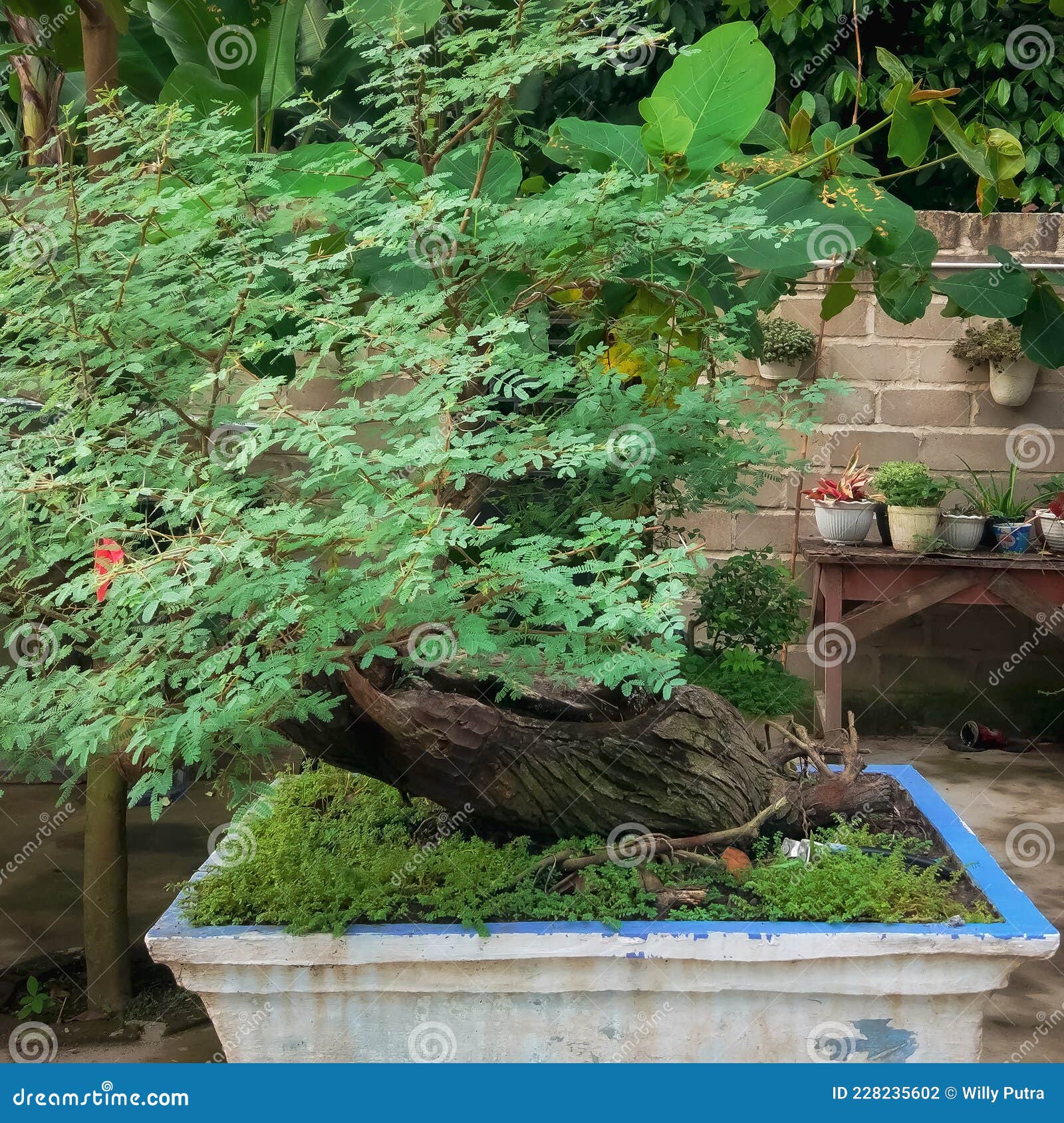

It is advisable to water twice a day to plants kept in shallow containers and once a day to plants kept in deeper pots. Similarly, the plant is given only minimum requirements of moisture.

Sometimes extracts of oil cakes may be also added. The bonsai plant is fed sparingly of week fertilizer solution containing major and minor nutrients. Annually, the plants are either repotted or lifted from the pot, root pruned and reset. Planting of both tips and roots is usually done at planting time and periodically pinching the tip and removing the excess side shoots are essential to maintain the general outline of design. The bonsai plants may be trained to different shapes like twisted trunk, upright, S-shaped, semi-cascade, cascade, slanting or any other formal shape. This wire is removed after several months when training to shape has been accomplished. Trunk and branches may be bent, forced and tied by coiling them with heavy wire. and shrubs like West Indian cherry are well suited. But in tropical places like India, the tree species like Manilkhara, Sapota, Bassia, Tamarind and Ficus spp. pine, elm, maple, cypress are suitable materials for bonsai culture. Plants adaptable for extreme dwarfing like juniper. Containers with specific colours like mosaic, sky blue, terra cotta, grey or jungle green are well suited for bonsai culture.

Round, hexagonal or square shaped containers with 25 to 30 cm diameters are preferred. They should be usually shallow with 5 to 7.5 cm deep (except for cascade type of bonsai for which deep pots can be used). Bonsai of minimum 10 years old are period, but of 100 and even 200 years of age are available and are highly valued as ‘venerable’ specimens.īonsai requires special types of containers. The optimum size of bonsai may be only 30 to 60 cm in height, but miniature sizes of below 25 cm have also been preferred. It involves techniques of extreme dwarfing. It was originated from china, but it was called as the Japanese art. Do start with the first text if you are a beginner.Bonsai is an art of growing and training of a plant to a miniature form having a natural look of old age. These online bookshops told us they have this item: The overall feel of the book is for tree styling. Bonsai Techniques II by John Yoshio Naka (Paperback) The book was in bonssai condition as advertised and I was impressed with how quickly I received it since I had purchased it for a birthday gift and needed it right away. Would you like to bonsau us about a lower price? Also, it’s a simple book in that it offers simple solutions for difficult problems. Tags What are tags? Amazon Rapids Fun stories for kids on the go. Follow the Authorįorm, symmetry, redundancy, balance, branch placement, triangular pattern diagrams, etc. Naka explores bonsai forms and tecgniques with the gentle persuasion of a kind teacher. The print is black and white and without quality, clarity, or depth. To include a comma in your tag, surround the tag with double quotes. He published two books, entitled Bonsai Techniques I and Bonsai Techniques II, texts that are revered as being the bibles of western bonsai to many artists. Bonsai Techniques II – John Yoshio Naka – Google Books He became a very important force in American bonsai art in the ss.īonsai Institute of California, The art of the chrysanthemum : of 1 Start over of 1. You read the best book you can find and study it long and hard until you understand the material. These 2 locations in New South Wales: Withoutabox Submit to Film Festivals. To be among the best, you read the best books on the subjects. Find great deals for Bonsai Techniques II by John Yoshio Naka (Paperback). Bonsai techniques II / by John Yoshio Naka. : Bonsai Techniques II () by John Yoshio Naka and a great selection of similar New, Used and Collectible Books available now.


 0 kommentar(er)
0 kommentar(er)
